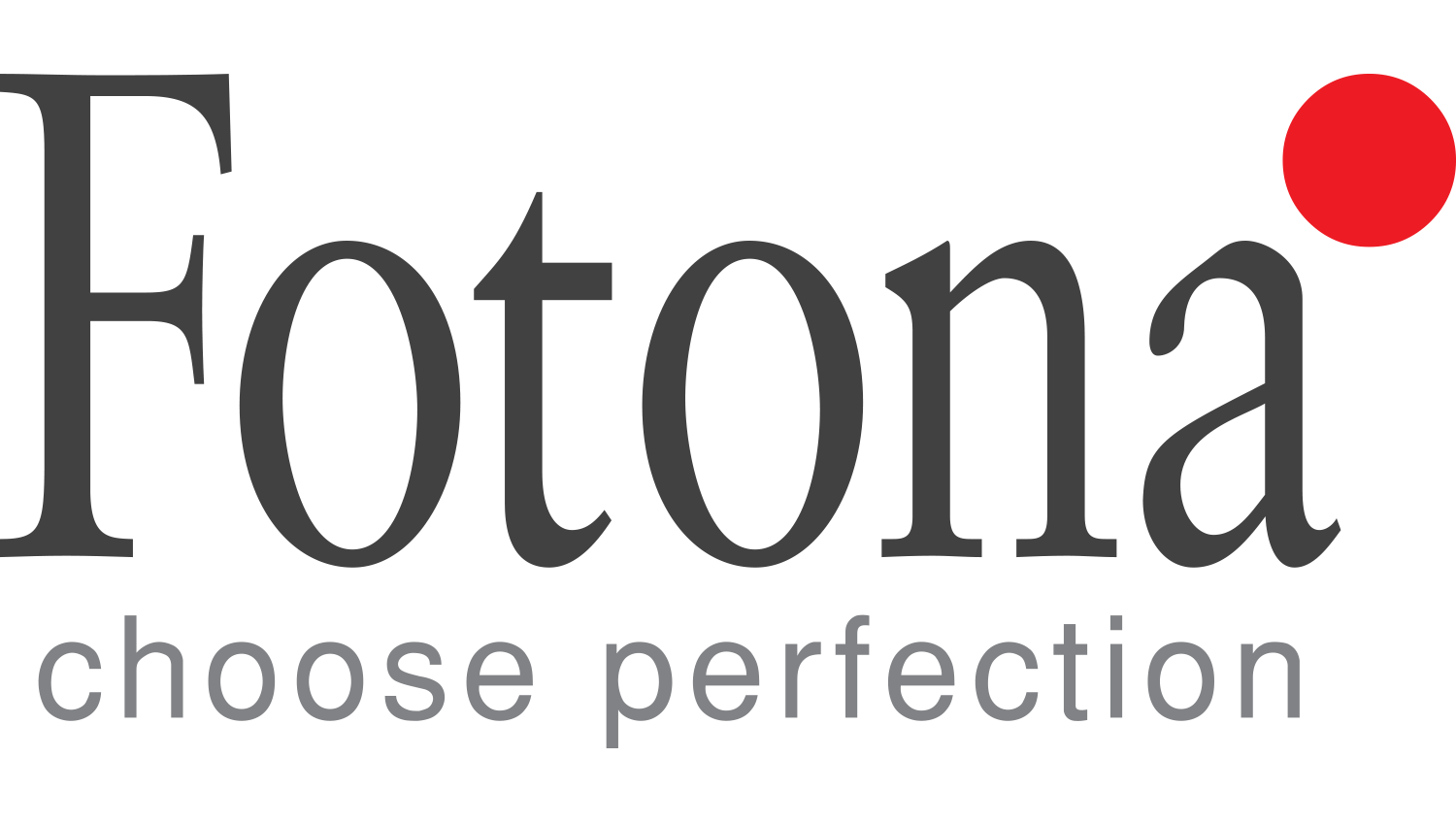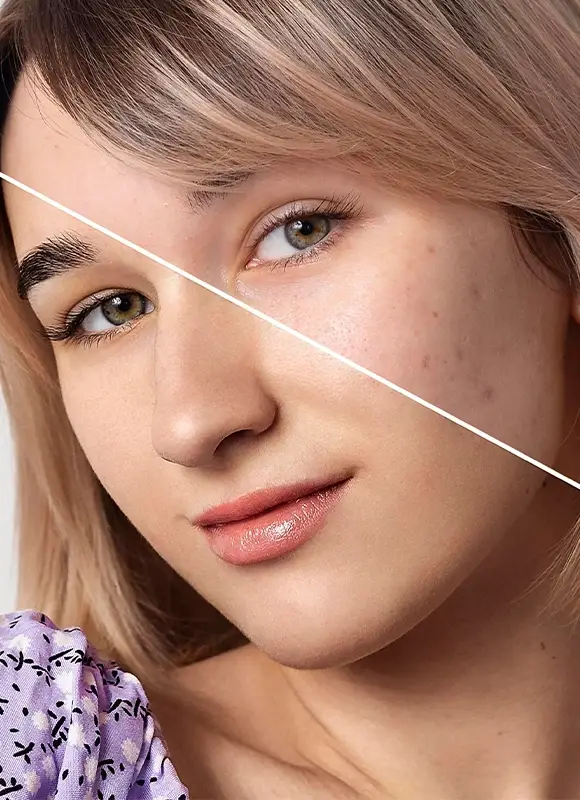
The SP Dynamis Pro laser from Fotona is a state-of-the-art, innovative, high-performance laser that uses two complementary wavelengths: Er-YAG (2940 nm wavelength, superficial penetration), which is used for superficial treatments such as laser peeling, treatment of benign superficial lesions, and treatment of scars and acne.
Nd-YAG (1064 nm wavelength, deep penetration), used for liposculpture (TightSculpting®), vascular treatments, long-lasting hair removal and wart treatment.
The SP Dynamis Pro laser from Fotona is a state-of-the-art, innovative, high-performance laser that uses two complementary wavelengths: Er-YAG (2940 nm wavelength, superficial penetration), which is used for superficial treatments such as laser peeling, treatment of benign superficial lesions, and treatment of scars and acne.
Nd-YAG (1064 nm wavelength, deep penetration), used for liposculpture (TightSculpting®), vascular treatments, long-lasting hair removal and wart treatment.

Fotona offers a laser treatment protocol that provides a complete and effective solution to the problem of acne.
Laser light safely penetrates the skin to effectively target overactive sebaceous glands, reducing the risk of new acne inflammation.
To improve the appearance of acne scars, a precise and gentle skin resurfacing procedure is used.
The Fotona laser beam is absorbed by the superficial layers of the skin to vaporize scar tissue and stimulate the production of new collagen in the dermis, an important step in the long-term treatment of acne.
Unlike chemical exfoliation and dermabrasion, laser skin filling allows the practitioner to precisely control the depth of laser penetration.

4 to 6 treatments
once a week
Sensation of warmth
First treatment result
400$
Temporary side effects may occur. Redness, a possible transient bluish reaction, swelling for 24 to 48 hours, tingling, and a sensation of warmth lasting about an hour are among the usual responses. Although these reactions are generally temporary, any persistent concerns should be discussed with the healthcare professional in charge of treatment.
Consultation
free of charge
For 100% personalized care
Take advantage of a free consultation to find out if this treatment is right for you.
Our free consultations also allow our team to develop a treatment plan based on your needs, goals and budget.
During this meeting, we’ll answer all your questions so that you can be fully informed and make an informed decision.
Contact us
Monday-Wednesday
Thursday
Friday
Saturday
9am – 5pm
9am – 9pm
9am – 9pm
9am – 4pm
Monday-Wednesday
Thursday
Friday
Saturday
9am-5pm
9am-9pm
9am-9pm
9am-4pm
2024 SkinIn Cliniques® Designed by Rusé – Agence Créative, Online by Mat & Sab